The planting mode of agriculture
Monoculture
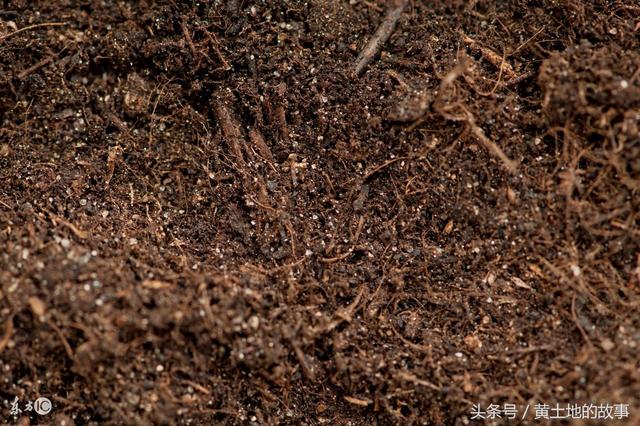
In contrast to intercropping, the method of planting only one crop on a piece of land is called monoculture, which has the advantage of convenient planting and management and mechanization of field operations. Most crops in the world, such as wheat, corn, rice, cotton and so on, are mainly monoculture. Intercropping and intercropping are popular in China, but monoculture still accounts for a large proportion. Intercropping
A crop in which two or more crops with similar growth seasons are planted in rows or belts (multiple rows) in the same field. Intercropping can improve the land utilization rate, and the crop compound population formed by intercropping can increase the interception and absorption of sunlight and reduce the waste of light energy; at the same time, intercropping between the two crops can also produce complementary effects, such as wide-narrow row intercropping or strip intercropping of high-rod crops have a certain edge advantage, legume and Gramineae intercropping is beneficial to supplement the consumption of soil nitrogen, and so on. However, during intercropping, there is often fierce competition for sunlight, water and nutrients among different crops. Therefore, the reasonable collocation of crops with different plant types and slightly different growth periods and the allocation of wide and narrow row spacing in the field are helpful to improve the effect of intercropping. The current trend is that there are more intercropping in dry land, low producing areas, fields cultivated by human and animal power, and legume and Gramineae crops. Combined cropping
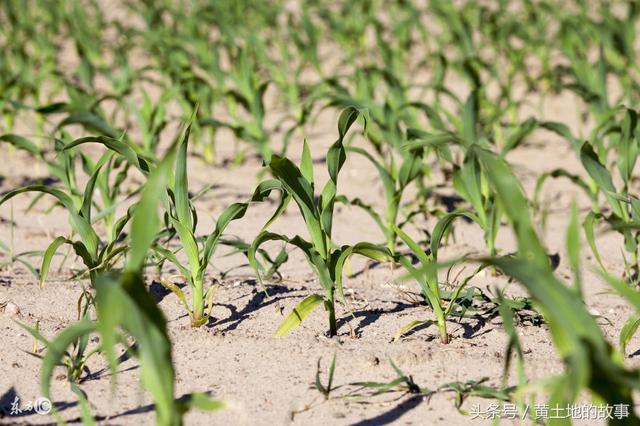
The way in which plants, rows, or borders are sown or planted in the later stages of the previous season. The symbiotic period of two or more crops in intercropping accounts for only a small part of the growth period, which is a multiple cropping way to solve the seasonal contradiction between before and after crops. The way in which plants, rows, or borders are sown or planted in the later stages of the previous season. The symbiotic period of two or more crops in intercropping accounts for only a small part of the growth period, which is a multiple cropping way to solve the seasonal contradiction between before and after crops. Cropping originated very early in China. China is one of the most common countries in the world. The main ways are: wheat with corn or sweet potato or Chinese cabbage; wheat, rape or broad bean with cotton; rice with Ziyunying and rice with sugarcane, jute, sweet potato and so on. The main role of intercropping is to buy time to improve the utilization rate of light energy and land; to increase the yield per unit area; to facilitate timely sowing of crops in the later season; to ease the contradiction between employment and avoid drought, flood or low temperature disasters. Intercropping should select appropriate crop combinations, adjust the field configuration of crops, grasp the time of interplanting, solve the contradictions of different crops competing for sunlight, water and nutrients during the period of intercropping symbiosis, and promote the growth of crop seedlings in the later season.
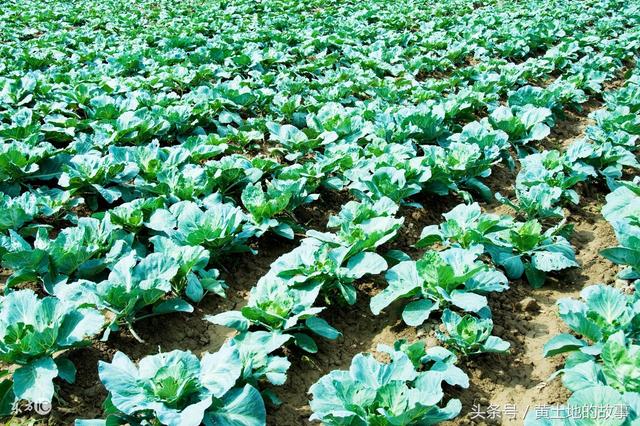
Mixed cropping is also called intercropping (mixed intercropping): the planting of two or more crops with similar growth seasons in a certain proportion on the same field. Most of them are not branched or mixed within peers or on demand among plants. Through the proper combination of different crops, the utilization rate of light energy and land can be improved, and the harm of natural disasters and diseases and insect pests can be reduced. Mixed farming has a history of more than 2000 years in China. There are more mixed crops and oilseeds in northern dryland, such as wheat and peas, sorghum and black beans, soybeans and sesame, cotton and beans or sesame and so on. The mixed cropping of food crops is prevalent in India and some African countries in the world. Africa is mostly mixed cropping of corn, sorghum, cowpea, millet, cassava, potato and so on. Most of the dry farming areas in India are mixed cropping of sorghum, beans, millet and so on. European and American countries with developed animal husbandry as well as Australia and New Zealand often use mixed cropping of forage crops and forage grass. Due to the contradiction between crops competing for light, water and fertilizer, and inconvenient field management, mixed cropping is not suitable for high-yield cultivation, so the area of mixed cropping in China has gradually decreased. Continuous cropping in which the same crop is planted continuously in the same field for one year or in successive years.
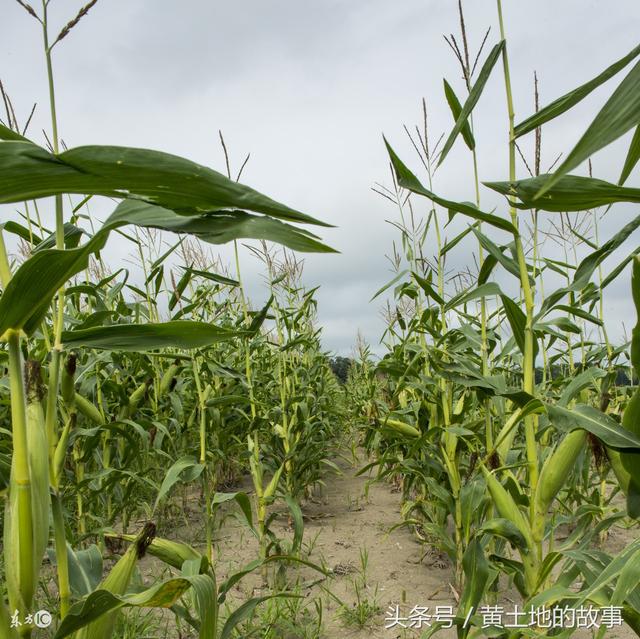
Under certain conditions, the use of continuous cropping is beneficial to make full use of the climate, soil and other natural resources, and plant a large number of ecologically adapted crops with high economic benefits. Through continuous planting, it is also easier for producers to master the cultivation techniques of a particular crop. However, continuous cropping often causes a variety of disadvantages: ① aggravates the breeding of pathogenic microorganisms, pests, parasitic and associated weeds that do specific harm to crops. For example, the black mole disease of potato, the root rot of broad bean, the vine cutting disease of watermelon and the breeding of peanut nematode, soybean dodder, sunflower Ladang and barnyardgrass are all related to continuous cropping; ② affects the physical and chemical properties of soil and reduces fertilizer efficiency; ③ accelerates the consumption of some nutrient elements and forms nutrient loss; ④ soil continues to accumulate some toxic root exudates, causing continuous cropping crop "poisoning" and so on.
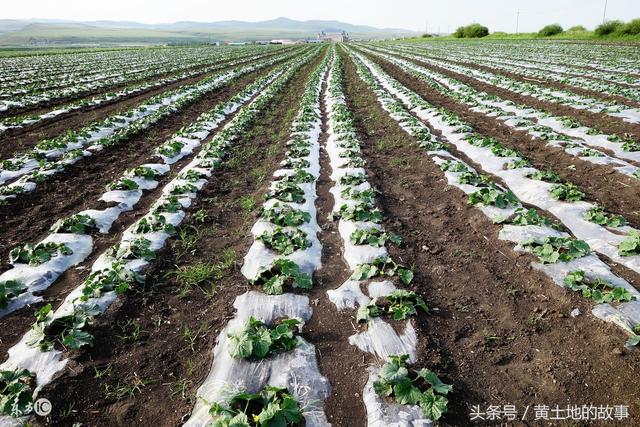
- Prev

A complete Collection of Banana planting techniques
Banana belongs to the genus plantain of the banana family, which is mainly produced in hot and humid areas of southeastern Asia. Bananas like warm, humid environment, not resistant to low temperature, suitable for 800 meters at sea.
- Next
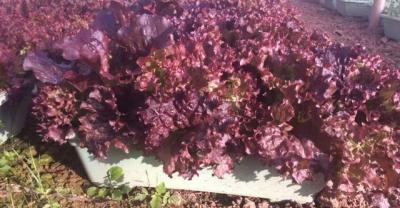
Pot planting method of tree peony
Peony is a traditional famous flower in China, with many varieties, beautiful appearance, bright color and elegance. It is known as "national color and heavenly fragrance" and "king of flowers".
Related
- Fuxing push coffee new agricultural production and marketing class: lack of small-scale processing plants
- Jujube rice field leisure farm deep ploughing Yilan for five years to create a space for organic food and play
- Nongyu Farm-A trial of organic papaya for brave women with advanced technology
- Four points for attention in the prevention and control of diseases and insect pests of edible fungi
- How to add nutrient solution to Edible Fungi
- Is there any good way to control edible fungus mites?
- Open Inoculation Technology of Edible Fungi
- Is there any clever way to use fertilizer for edible fungus in winter?
- What agents are used to kill the pathogens of edible fungi in the mushroom shed?
- Rapid drying of Edible Fungi

